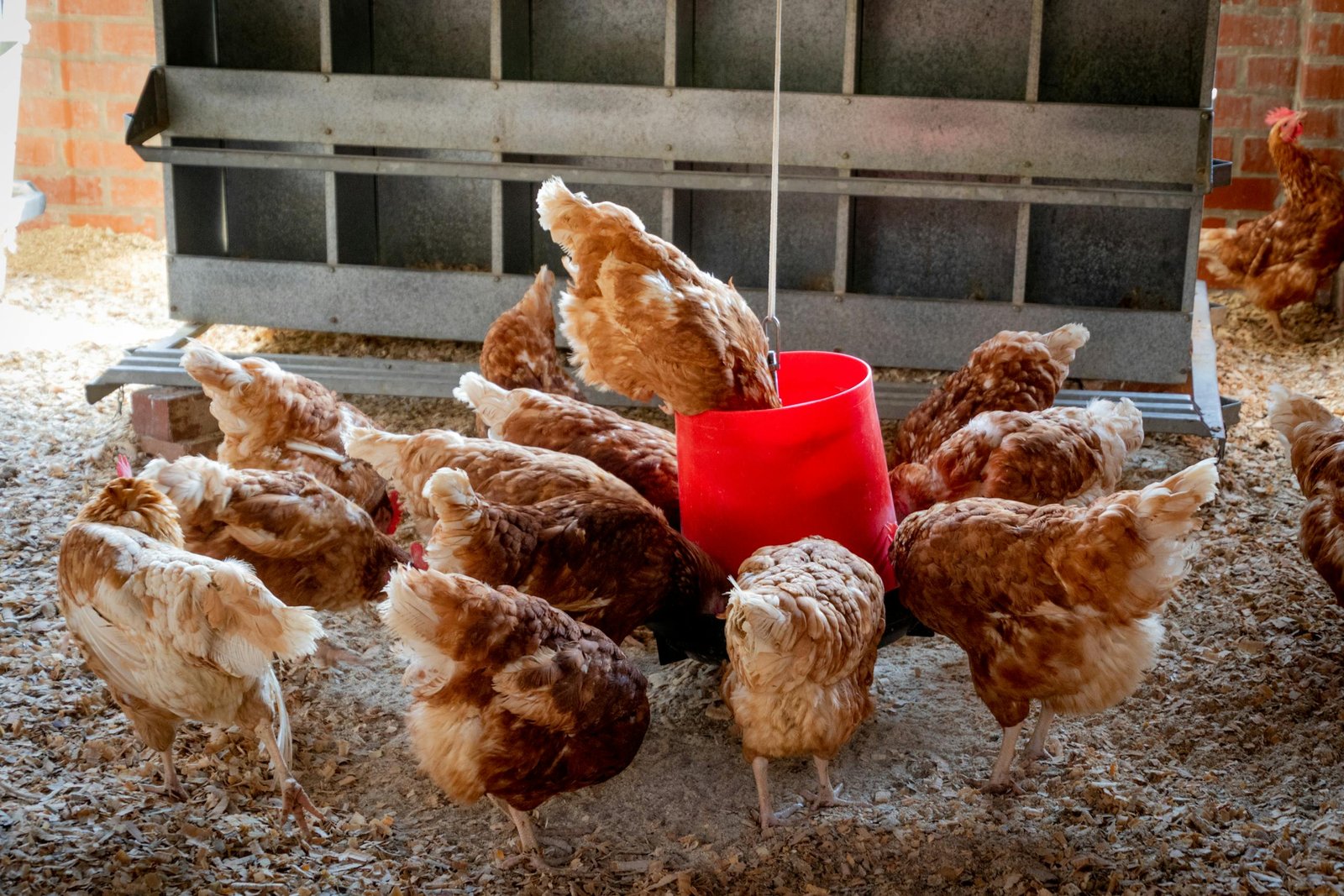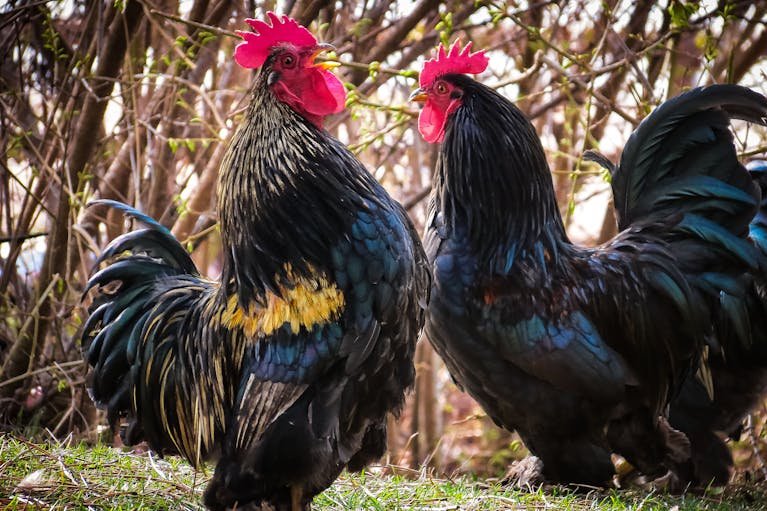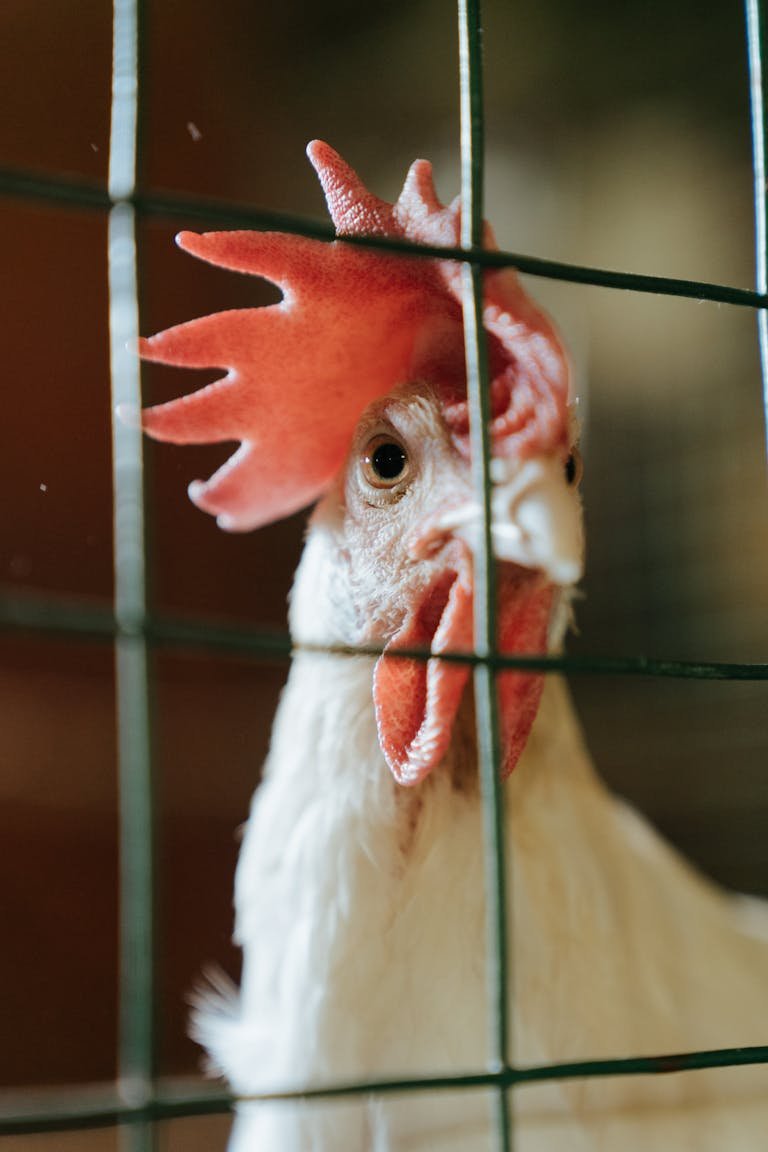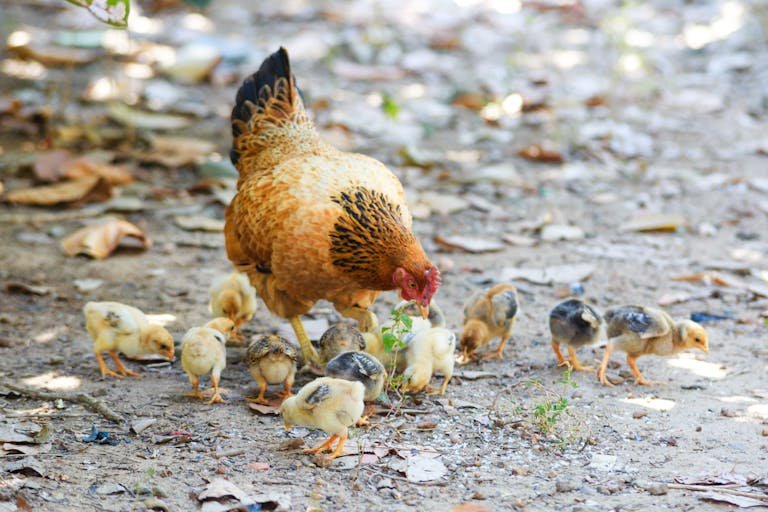Feathered Feet! Toes or Talons? The Clucky Truth!

Chickens, birds that cohabit with farms and backyards, have long fascinated their owners due to their uniqueness and peculiarities. One such curiosity concerns their feet and, to be more precise, their toes. Do chickens have toes? The answer is yes! So let us explore the enigma of chicken toes to reveal the secret and marvel hidden beneath the appearance of down.
The Typical Number of Toes
Most chickens have four toes on each foot, which are aligned precisely, with three toes pointing ahead and one pointing backward. Some rare breeds have five toes in a foot, which distinguishes them from normal chickens.
Chickens with Five Toes
Rare Breeds with Five Toes
What is not very common is to have more than four toes, although most chickens have four toes in total. Silkies, Dorking, Faverolles, Houdan, and Sultan breeds of chicken will have five toes on each of their legs.
Understanding Polydactylism
Five toes in these breeds are due to polydactylism, a genetic disorder that results in an individual having more than the usual fingers, toes, or body appendages.
The Anatomy of a Chicken’s Foot
Chick toes consist of different structures, such as bones, skin, scales, and claws. Knowledge of the formation of these structures gives insight into their purpose and role in the life of the bird.
Clawed Feet: The Basics
Another unique feature of chicken toes is that the extremities are capped with claws or talons. These elongated and curved appendages help the chicken perch, scratch, or forage by holding on to objects like branches or the ground.
Number of Toes
It is important to note that chickens do not possess five toes; they possess four. It can sometimes be observed that chickens are born with more than four toes due to genetic or other issues. Nevertheless, such cases are rather rare and do not represent the regular structure of chickens.
Composition of Chicken Toes
Chicken toes include bones, joints, tendons, muscles, nerves, blood vessels, and skin. These intertwined structures allow the bird to move and perform many other functions, which are vital for its survival and well-being.
Bone Structure: What Lies Beneath
Under the skin and scales, one can find the bones, specifically the bones of the toes, that give shape and allow movement. These bones are somewhat lighter but strong enough to enable the chickens to move around freely over various types of surfaces.
Skin and Scales
The skin over a chicken’s toes acts as a shield against factors in its environment and contains numerous receptors. Furthermore, scales help the bird grip and have a better sense of touch on the limbs for things like perching and foraging.
The Function of Chicken Toes
Perching and Balance
The backward-pointing toe, also known as the hallux or the grip toe, is an essential tool that aids the chicken in holding on to perches and keeping its balance. This particular toe provides support, especially when perching on branches or elevated surfaces.
Mobility and Navigation
The toes of chickens are used not only for brooding but also for moving around the area. These flexible limbs help support walking and running, as well as scooping at the earth to find food.
Comparison with Other Birds
Thus, like other birds, chickens have some structural similarities to birds of prey and songbirds, but they are also different in many ways. Analysis of the morphology in relation to different groups of birds is useful to illustrate a rich array of evolutionary trends within the avian clade.
Variations in Toe Structure among Avian Species
Birds show a high variability in the position of their toes, with birds that have webbed feet in the water and birds of prey that have sharp claws at the end of their toes. All of them are the reflection of an ecological role and behavioral possibilities of a given species, proving thus the versatility of avian osteo-morphology.
Also, Take A Look: Are Chickens Warm-Blooded?
My Final Words
To sum up, chickens are much more than birds with wings and beaks; they are creations of God with all the attributes they possess, including their toes. Realizing the need for these appendages not only adds knowledge in the field of chicken biology but also increases appreciation for these lovely animals.





